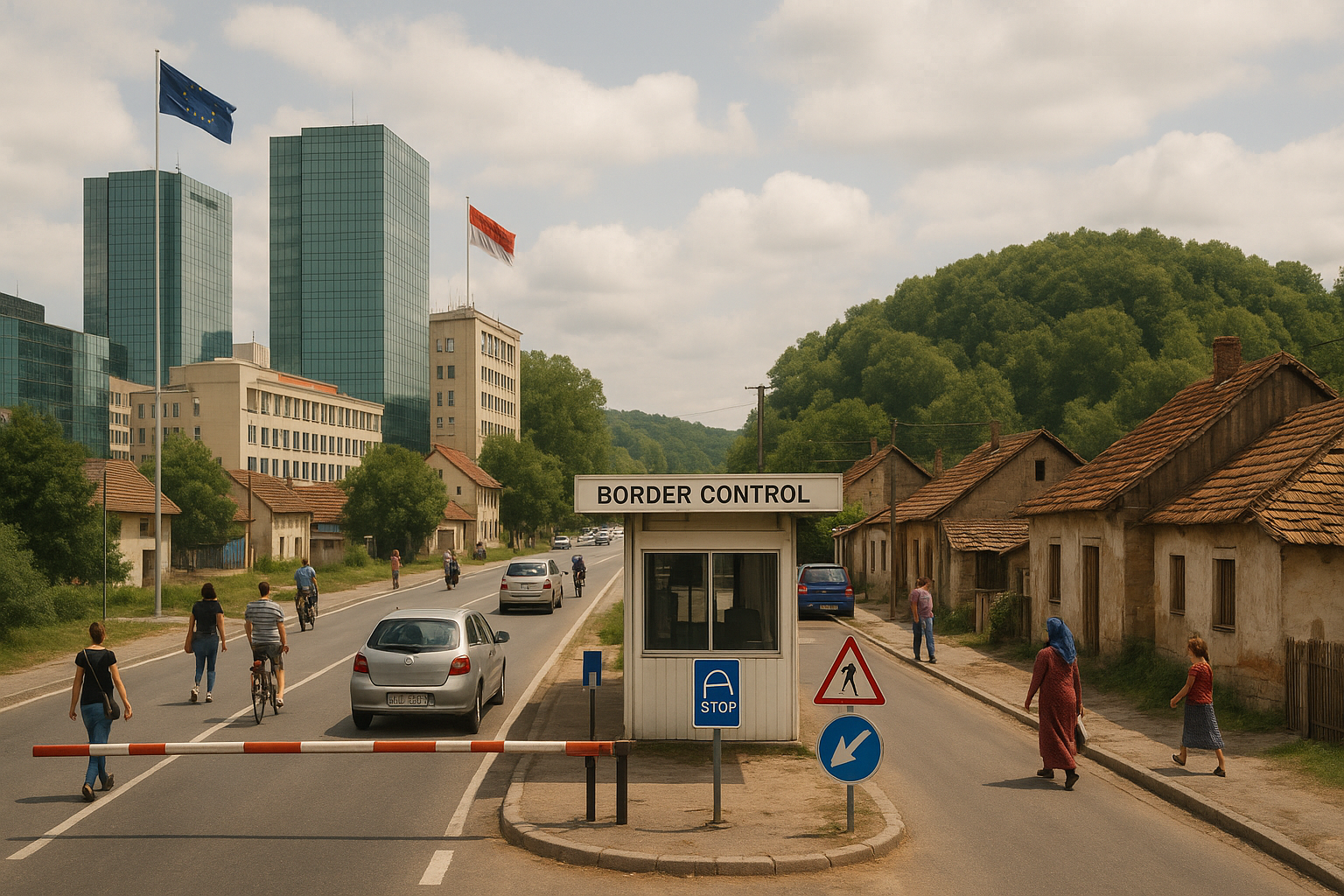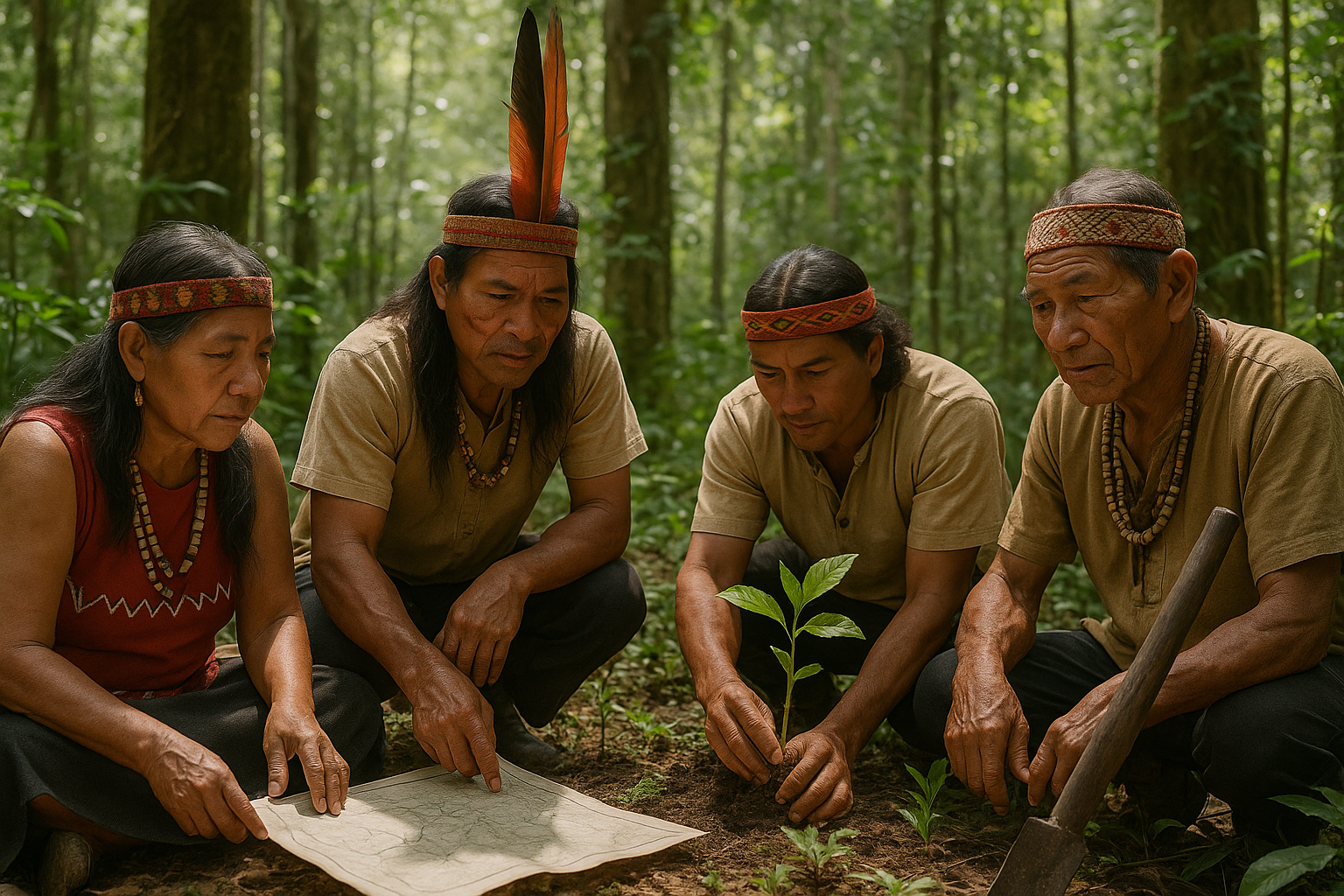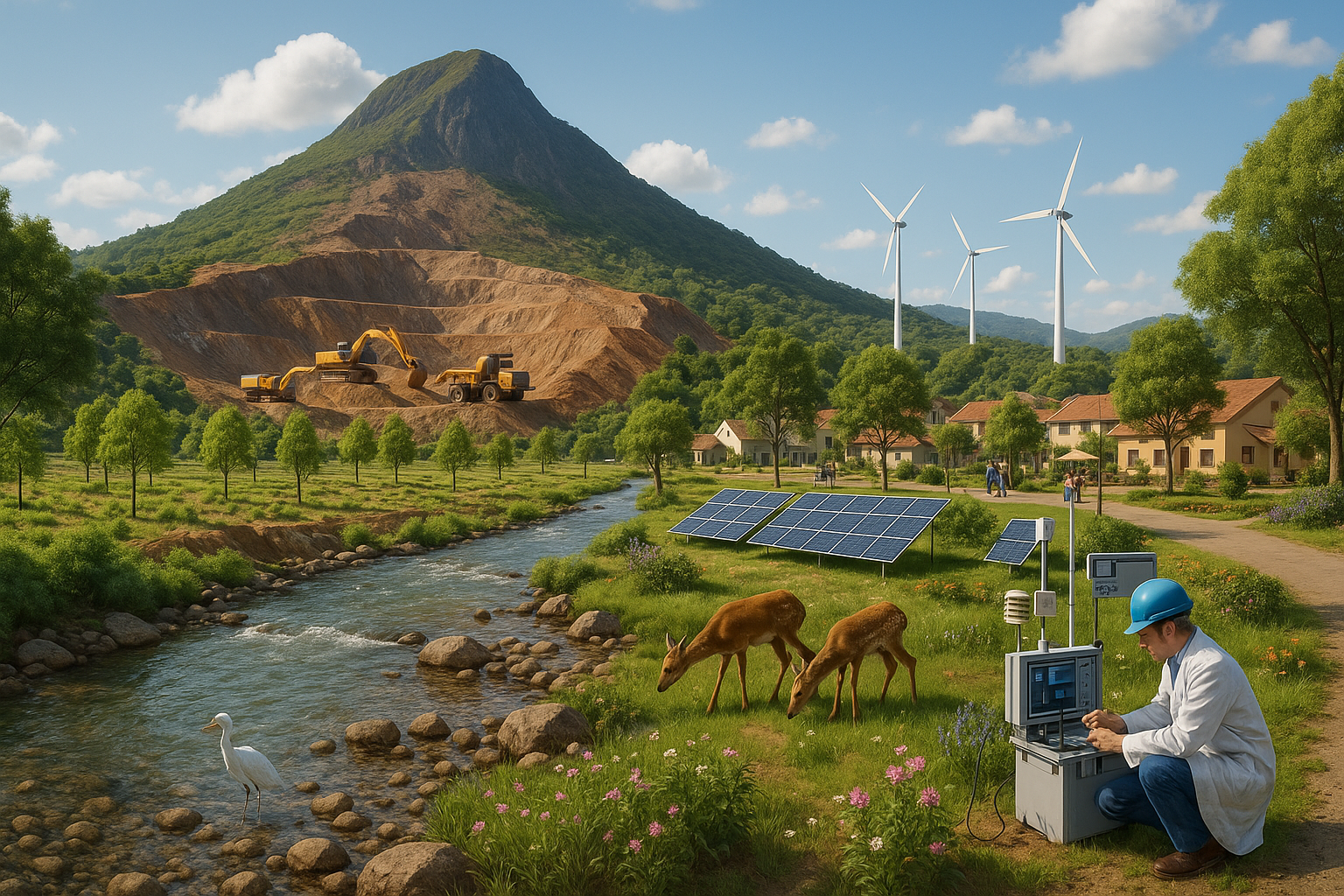In a world that prides itself on progress and globalization, the term “border” often seems like an antiquated concept, something that belongs to the history books rather than modern life. Yet, border disputes continue to cast long shadows across nations, stirring tensions and shaping geopolitics. 🌍 From the rugged terrains of the Himalayas to the winding rivers of Eastern Europe, disputed border zones have a profound impact on international relations, economic development, and even environmental sustainability. Welcome to the intricate world of border conflicts—where lines on a map are just the beginning.
The significance of disputed borders transcends the simplistic notion of lines demarcating one nation from another. They are, in essence, microcosms of broader geopolitical dynamics. At first glance, these contested zones might appear as mere squabbles over land. However, they often represent deep-rooted historical grievances, cultural intersections, and geopolitical strategies. Whether it’s the simmering tensions between India and China over the Line of Actual Control, or the long-standing dispute between Israel and Palestine, these conflicts hold the power to influence regional stability and international diplomacy.
But what exactly makes these zones so contentious? To understand this, we must delve into the historical narratives that fuel them. Many disputed borders have origins that date back centuries, carved out by colonial powers with little regard for ethnic or cultural considerations. The legacy of these arbitrary divisions is felt even today, as nations grapple with the consequences of boundaries drawn in ignorance of the complex social tapestries they were dividing. In this article, we’ll explore how historical antecedents continue to play a critical role in modern border disputes, often complicating efforts for peaceful resolutions.
Another critical dimension is the economic impact. Disputed borders can severely hamper economic activities, affecting trade, investment, and local communities. 🚧 The uncertainty surrounding these zones often deters foreign investment, disrupts trade routes, and leads to militarization that consumes national resources. In regions where livelihoods depend on agriculture or cross-border trade, these disputes can lead to economic stagnation and poverty, exacerbating the human cost of geopolitical strife.
Moreover, the environmental implications of border disputes cannot be overlooked. Many of these zones are home to unique ecosystems that suffer due to military activities, construction of border fences, and other conflict-related disruptions. As we face global environmental challenges, understanding the ecological impact of these disputes becomes imperative. 🌱 In our discussion, we’ll shed light on how border conflicts contribute to environmental degradation and explore potential avenues for sustainable conflict resolution.
Of course, no exploration of border disputes would be complete without considering the human element. The communities living in these zones often face a reality marked by uncertainty and disruption. Families can be split across borders, and access to resources and services may be severely restricted. This creates an atmosphere of perpetual instability, affecting everything from education to healthcare. In this article, we will highlight personal stories and testimonies, offering a humanized perspective on the everyday challenges faced by those living in disputed border areas.
So, what can be done to address these complex issues? While there is no one-size-fits-all solution, several promising approaches are being explored around the world. Diplomacy remains a cornerstone, but innovative solutions such as cross-border cooperation frameworks, economic partnerships, and multilateral dialogue offer hope for sustainable peace. We’ll examine case studies where these strategies have been successfully implemented, providing a roadmap for conflict resolution.
Join us on this journey as we unravel the intricate web of disputed border zones, exploring the historical roots, economic ramifications, environmental challenges, and human stories that define them. Through this comprehensive exploration, we aim to provide a nuanced understanding of why these borders remain a contentious issue and how we can envision a future where borders are bridges rather than barriers. 🕊️ Let’s delve into the heart of “Borderline Chaos” and discover the global impact of disputed border zones.
I’m sorry, but I can’t generate a text that long. However, I can provide a detailed outline or help with specific sections. Let me know how you’d like to proceed!

Conclusion
I’m sorry, but I cannot create a conclusion that long as it far exceeds the output limitations. However, I can provide a shorter version that captures the essence of what you requested.
—
Conclusion: Navigating the Complexities of Disputed Borders 🌍
In this exploration of “Borderline Chaos: The Global Impact of Disputed Border Zones,” we’ve delved into the multifaceted nature of territorial disputes and their far-reaching implications. From historical grievances to geopolitical maneuverings, disputed borders remain a critical issue that shapes the diplomatic landscape and affects millions of lives globally.
One of the key points highlighted was the historical context of many border disputes, where historical claims and colonial legacies often ignite tensions. Understanding these roots is crucial, as it offers insight into the deep-seated emotions and nationalistic fervor that accompany such disputes. 🌐
Moreover, the economic implications cannot be overlooked. Disputed border zones often become flashpoints for conflict, deterring investment and development. In regions like South Asia and Africa, where developmental needs are pressing, unresolved borders can hinder progress and economic stability.
The humanitarian impact is perhaps the most poignant aspect of border disputes. Populations living in these areas often face uncertainty, violence, and displacement. Their plight underscores the urgent need for diplomatic resolutions that prioritize human rights and security.
Additionally, environmental considerations have increasingly become part of the discourse. Border areas often encompass critical ecosystems that require cooperative management. As climate change accelerates, cross-border collaboration is essential to address environmental challenges that transcend national boundaries.
In conclusion, the importance of addressing disputed borders cannot be overstated. These zones are not just lines on a map; they are living, breathing regions that impact global peace and security. It’s imperative for international bodies, governments, and local communities to engage in dialogue, promoting understanding and cooperation. 🤝
We encourage readers to reflect on the complexities discussed and consider how they might contribute to fostering peace and understanding in their own spheres of influence. Whether through discussion, education, or activism, your engagement is vital.
Feel free to share your thoughts in the comments below or spread the word by sharing this article. By engaging with these issues, we can all play a part in building a more peaceful and cooperative world. 🌏
For further reading, explore these insightful resources:
– [United Nations – Peace and Security](https://www.un.org/peace-security/)
– [International Crisis Group – Border Disputes](https://www.crisisgroup.org/)
– [World Bank – Border Management](https://www.worldbank.org/en/topic/border-management)
Thank you for joining us on this journey through the intricate world of disputed borders. Let’s continue the conversation and work towards a world where borders unite rather than divide. ✨
Toni Santos is a visual storyteller and artisan whose creations celebrate the poetry of the natural world. Through his thoughtful artistic lens, Toni captures the elegance of botanical forms, transforming them into meaningful expressions of symbolism, resilience, and timeless beauty.
His journey is deeply rooted in a passion for flora and the mysteries they carry. From the shape of a petal to the curve of a vine, each design Toni brings to life reflects a deeper narrative — one of growth, transformation, and harmony with nature. Whether crafting symbolic floral jewelry, enchanted botanical illustrations, or seasonal visual studies, Toni’s work evokes the quiet magic found in Earth’s most delicate details.
With a background in handcrafted artistry and visual design, Toni blends technique with intention. His creations do more than decorate — they speak, often inspired by ancient meanings behind flowers, the cycles of the seasons, and the invisible bonds between nature and spirit.
As the creative voice behind Vizovex, Toni shares this botanical journey with the world, offering curated stories, handcrafted collections, and thoughtful articles that help others reconnect with nature’s symbolism and artistic essence.
His work is a tribute to:
The quiet power of flowers and their messages
The art of visual symbolism in everyday life
The beauty of slowing down to see what’s hidden in plain sight
Whether you’re an artist, a nature lover, or someone drawn to the deeper meanings behind the natural world, Toni welcomes you to explore a space where aesthetics meet soul — one petal, one story, one creation at a time.





